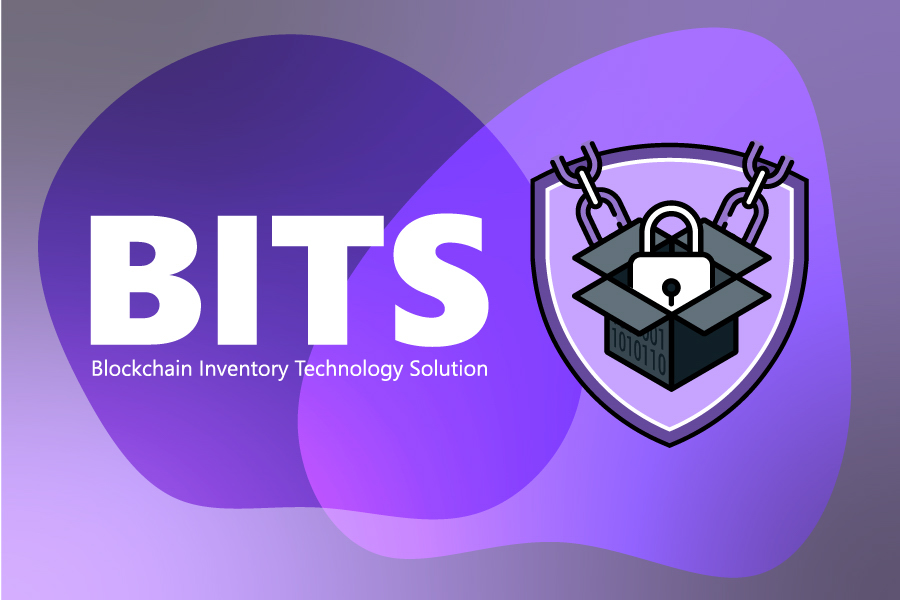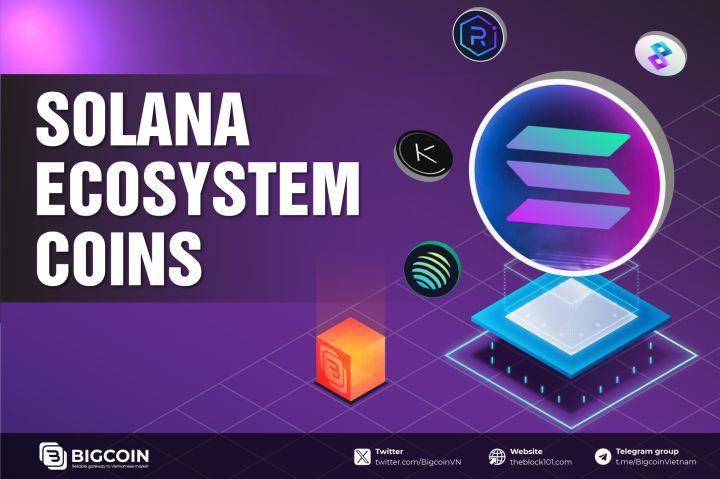%20(17).png)
1. The Role of Bits in Cryptocurrency
- Understanding Bits in Bitcoin: Bitcoin, the pioneering cryptocurrency, is divisible into smaller units to facilitate transactions of varying sizes. One Bitcoin (BTC) is equivalent to 100 million satoshis, and a "bit" is often used colloquially to represent a micro-unit of Bitcoin, such as 1 microbitcoin (μBTC), which equals 100 satoshis. This divisibility allows users to transact in fractions of a Bitcoin, making it practical for everyday use, from purchasing a coffee to sending remittances across borders. The concept of bits is crucial for enabling microtransactions, which are small-value payments that traditional financial systems often find uneconomical due to high processing fees. By leveraging bits, Bitcoin and other cryptocurrencies can support low-cost, high-frequency transactions, opening up new use cases in e-commerce, gaming, and peer-to-peer payments.
- Enhancing Accessibility: The fractional nature of bits democratizes access to cryptocurrencies. For instance, as Bitcoin's price has soared over the years, purchasing a full Bitcoin may be out of reach for many individuals. However, bits allow users to own and transact with smaller denominations, making cryptocurrency more inclusive. This is particularly impactful in developing economies, where small transactions in bits can facilitate financial inclusion for unbanked populations.
2. Bits and Blockchain Technology

2.1. Scalability Through Microtransactions
Blockchain networks, the underlying technology for cryptocurrencies, rely on bits to process and record transactions efficiently.
Microtransactions enabled by bits are critical for scaling blockchain networks. For example, the Lightning Network, a second-layer solution for Bitcoin, leverages bits to enable instant, low-cost transactions off-chain while maintaining the security of the main blockchain. This scalability is vital for blockchain systems to handle the growing demand for decentralized applications (dApps) and global financial transactions.
2.2. Smart Contracts and Bits
Smart contracts, self-executing contracts with terms directly written into code, benefit significantly from the use of bits. In platforms like Ethereum, smart contracts often involve micro-payments for services such as decentralized finance (DeFi) protocols, non-fungible token (NFT) marketplaces, or decentralized cloud storage. By leveraging bits, these platforms can process high volumes of small transactions without clogging the network or incurring prohibitive gas fees.
2.3. Data Integrity and Bits
At its core, blockchain is a distributed ledger that ensures data integrity through cryptographic techniques. Bits, as the fundamental unit of digital information, are integral to the hashing algorithms (e.g., SHA-256 in Bitcoin) that secure blockchain networks. These algorithms rely on manipulating bits to create unique, tamper-proof records of transactions. By leveraging bits, blockchain ensures immutability and transparency, fostering trust in decentralized systems.
3. Applications of Bits in Emerging Blockchain Use Cases

The concept of "bits" as fractional units of cryptocurrency is driving innovation across various blockchain applications. By enabling microtransactions and enhancing accessibility, bits are unlocking new possibilities in decentralized systems. Below, we explore key use cases where bits are making a significant impact:
- Decentralized Finance (DeFi): DeFi platforms leverage bits to enable innovative financial services, such as lending, borrowing, and yield farming. For instance, users can stake small amounts of cryptocurrency (measured in bits) to participate in liquidity pools, earning rewards without needing significant capital. This granularity enhances the flexibility and inclusivity of DeFi, allowing users with limited resources to engage in sophisticated financial strategies.
- Micropayments for Content Creators: Bits are revolutionizing how content creators monetize their work. Platforms like Brave Browser integrate cryptocurrency micropayments, allowing users to tip creators in small denominations of tokens (e.g., Basic Attention Token, or BAT). By leveraging bits, these platforms eliminate intermediaries, reduce transaction costs, and provide creators with direct, real-time payments.
- IoT and Machine-to-Machine Transactions: The Internet of Things (IoT) is another area where bits play a pivotal role. Blockchain-enabled IoT devices can autonomously conduct transactions, such as paying for energy, data, or services, using bits. For example, a smart meter could use bits to purchase electricity from a decentralized grid, ensuring seamless and secure machine-to-machine interactions. This capability is essential for scaling IoT ecosystems in smart cities and autonomous supply chains.
4. Challenges and Opportunities

The integration of bits in cryptocurrency and blockchain systems presents both significant opportunities and notable challenges:
- Scalability and Network Congestion: While bits enable microtransactions, blockchain networks like Bitcoin and Ethereum still face scalability challenges. High transaction volumes can lead to network congestion, increasing fees and delaying confirmations. Solutions like the Lightning Network and Ethereum's layer-2 rollups address these issues by processing transactions off-chain in bits, but widespread adoption remains a work in progress.
- Regulatory Considerations: The use of bits in microtransactions raises regulatory questions, particularly around anti-money laundering (AML) and know-your-customer (KYC) compliance. Regulators may scrutinize small, frequent transactions to prevent illicit activities. Blockchain projects must balance the privacy and decentralization benefits of bits with the need to comply with global regulations.
- Education and Adoption: For bits to reach their full potential, user education is critical. Many individuals are unfamiliar with cryptocurrency denominations and the technical aspects of blockchain. Simplifying the user experience—such as displaying prices in bits rather to complex decimal places—can drive mainstream adoption.
- Opportunities for Innovation: The versatility of bits opens up numerous opportunities for innovation. Developers can create applications that leverage bits for subscription-based services, in-game economies, or charitable micro-donations. Additionally, advancements in blockchain interoperability could enable seamless bit-based transactions across different networks, further expanding their utility.
5. The Future of Bits in Cryptocurrency and Blockchain
As cryptocurrency and blockchain technology continue to mature, bits will play an increasingly central role. Emerging trends, such as central bank digital currencies (CBDCs) and stablecoins, may adopt bit-based denominations to facilitate microtransactions in regulated environments. Moreover, advancements in quantum computing could enhance the cryptographic security of bits, ensuring the long-term viability of blockchain networks.
The integration of artificial intelligence (AI) with blockchain also presents exciting possibilities. AI algorithms could analyze bit-based transaction data to optimize network performance, detect fraud, or personalize user experiences. For example, AI-driven wallets could suggest optimal transaction amounts in bits based on user behavior, further streamlining cryptocurrency usage.
6. Conclusion
Leveraging bits in cryptocurrency and blockchain is unlocking a new era of digital transactions. From enabling microtransactions to enhancing scalability and fostering financial inclusion, bits are at the heart of blockchain's transformative potential. While challenges like scalability, regulation, and adoption persist, the opportunities for innovation are vast. As the ecosystem evolves, bits will continue to serve as the building blocks of a decentralized, efficient, and inclusive financial future.
Read more:

 English
English Tiếng Việt
Tiếng Việt
%20(21).png)
%20(20).png)
%20(19).png)
%20(18).png)
%20(16).png)
%20(15).png)
%20(11).png)
.png)
%20(2).png)
%20(3).png)
%20(5).png)





